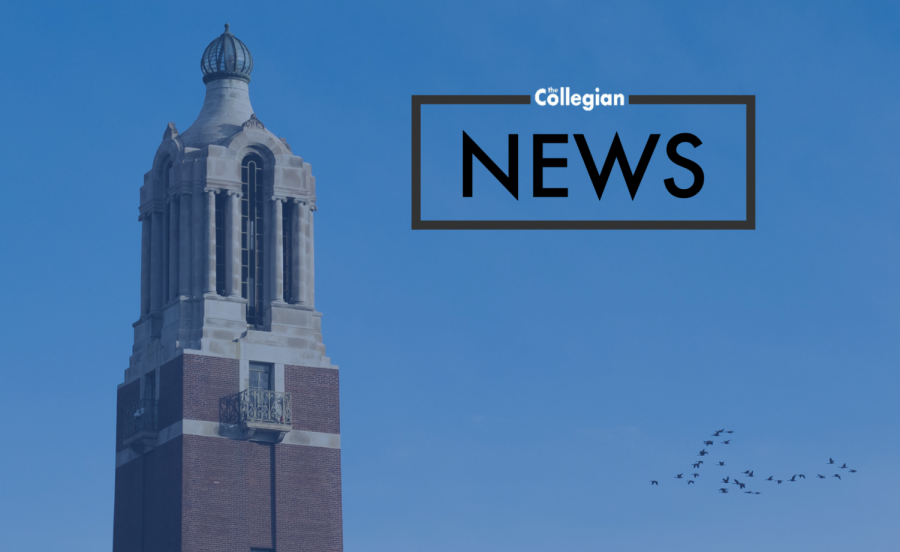SDSU tuition, GAF increase for the first time in two years
April 12, 2017
The cost for students to attend South Dakota State University will likely increase each year for the next five years.
This is the first time in two years that SDSU tuition and General Activity Fee (GAF) will increase for next academic year.
Together, this means students will pay an extra $320 next semester to attend SDSU, based on a 15-credit hour load, as approved by the South Dakota Board of Regents.
Former Students’ Association President, now Vice President Ally Helms sees this increase as a hindrance for students who already struggle paying for college.
“If you can make it through and you can afford it for the four years, you’ll end up great on the other side. But it’s making sure our students can afford this,” Helms said. “I’m hoping that there will be a push for more scholarships and investments.”
On the bright side, SDSU students don’t have to pay as big of an increase as students at the University of South Dakota, Helms said. USD may pay an increase of $590.
The majority of SDSU’s GAF increase for the next academic year, $5.57 per credit hour or about $80 for a 15-credit hour load, will fund the maintenance and repair fund for The Union and Wellness Center. This in turn will help fund a space study conducted for The Union.
The rest of the GAF increase awarded to SDSU helps address funding for the Tier 2 budget, which funds student organizations and programs. That increase was planned to result in $100,000 to use for SA’s Fiscal Year 2018 general budget, but fell short by around $50,000. Major reasons for this loss include:
- Prediction of fewer credit hours taken by students
- A $17,000 increase for The Union to fund staff salaries and building maintenance
SA prepared for a $37,500 loss in funds to allocate from the initial $100,000.
About $20,000 of the remaining funds will go toward funds such as the speaker fund and special allocation fund, where students from any organization can apply for extra money from SA for certain events.
The rest doubles the Office of Multicultural Affairs’ funding to enhanced programming through the organization and slightly increases funding for the SafeRide program.
Semehar Ghebrekidan, a Graduate School senator, has advocated for the office’s increase in funding for years.
The GAF allocation to the office has been a promise made by past student senates but wasn’t implemented until this year, according to Ghebrekidan. The added funding will provide better programming and visibility for programs.
“Once we can get better speakers, performers I think that helps visibility on top of that. I know there’s more plans for outreach and plans like that … so people know what the multicultural center is and what’s available there,” Ghebrekidan said.
The remainder of the GAF increase is due to a shift in the Bond and Utility Fee, which will result in the consistent GAF increase over the next few years. Students will pay $1.95 per credit hour or $30 a semester to pay for the Bond and Utility Fee next academic year. The fund was originally supplied by students paying for meal plans.
University officials and the SDBOR partially switched the plan so that all students will pay a portion of this cost through their GAF. Students who purchase meal plans will still pay a portion of the cost through those purchases next year. Meal plans should gradually decrease to meet the cost covered in the GAF.
This will gradually shift from the original meal plan coverage of the Bond and Utility Fee to becoming completely covered by the GAF. This means all students, whether they eat on campus or not, will pay for the Bond and Utility Fee to keep up dining service maintenance across campus.
According to Helms, this plan is “staunchly opposed” by SA.
The GAF is planned to gradually increase until it reaches $6.55 per credit hour, to cover the entirety of the Bond and Utility Fee. Once the fee completely shifts from meal plans to GAF, that’s about $100 coming out of a student’s pocket each year to cover dining services at SDSU, whether they use the facilities or not.
UPDATE: This story was edited to clarify information about GAF increases April 15 at 9:10 a.m.
























